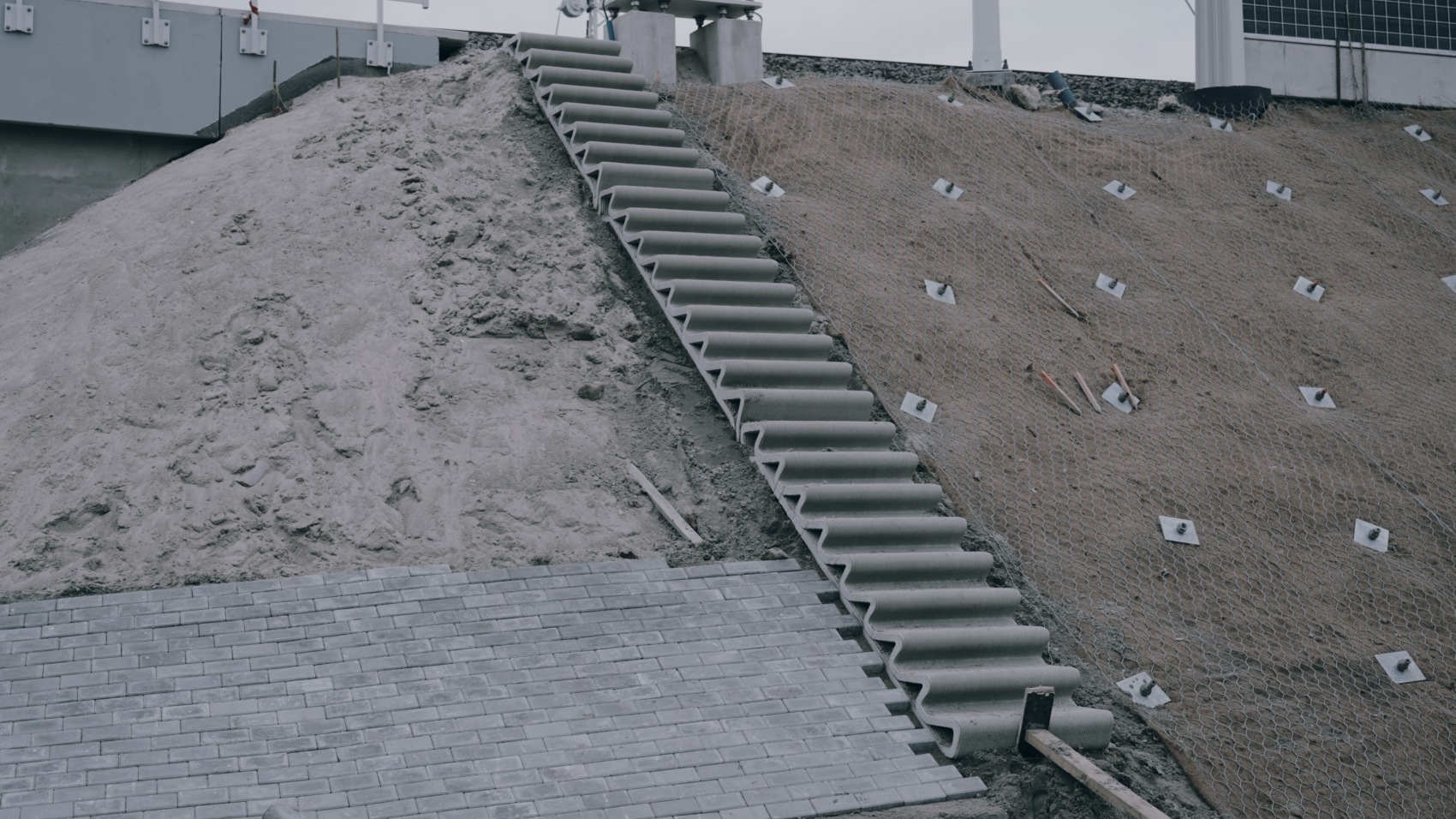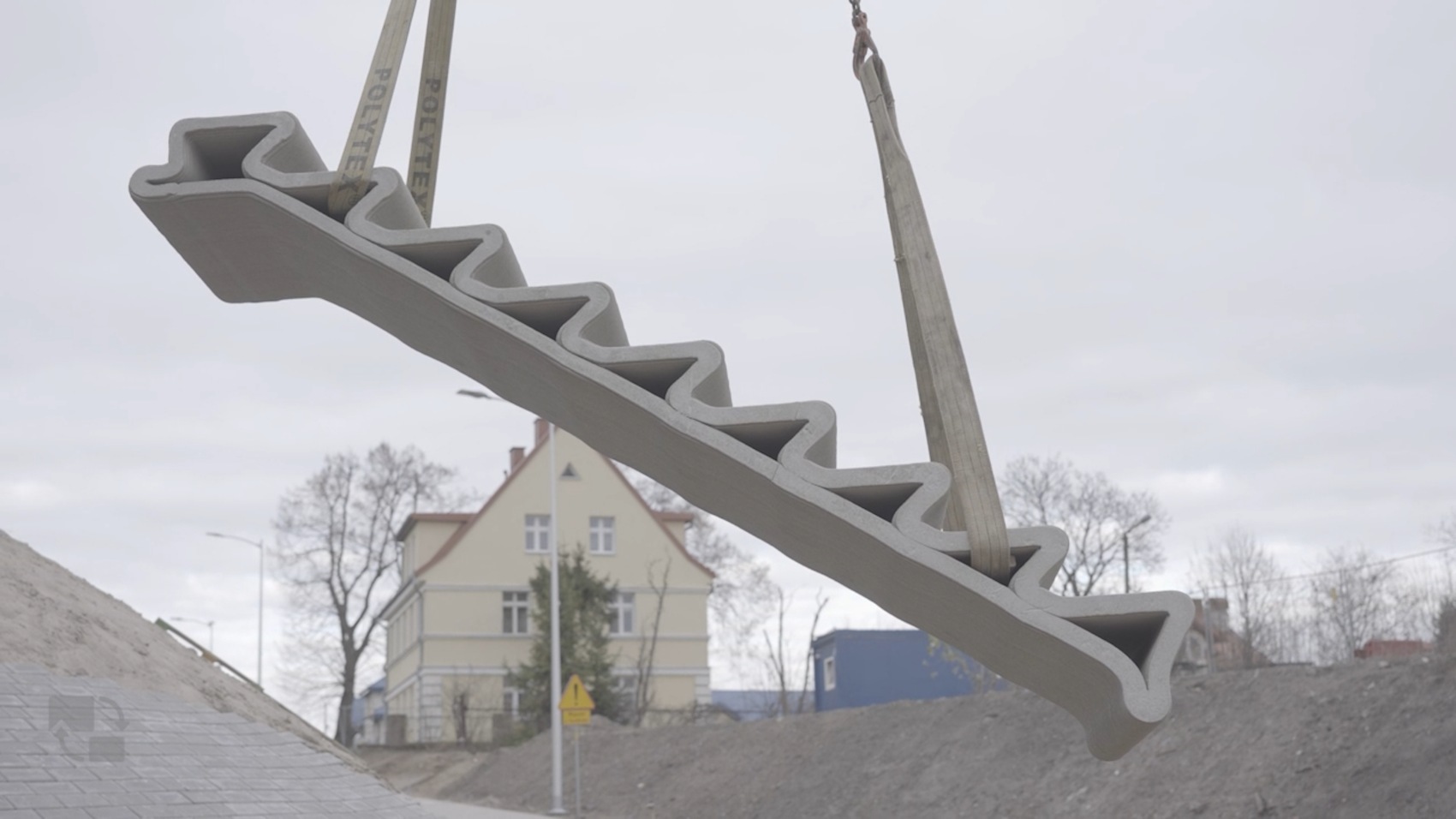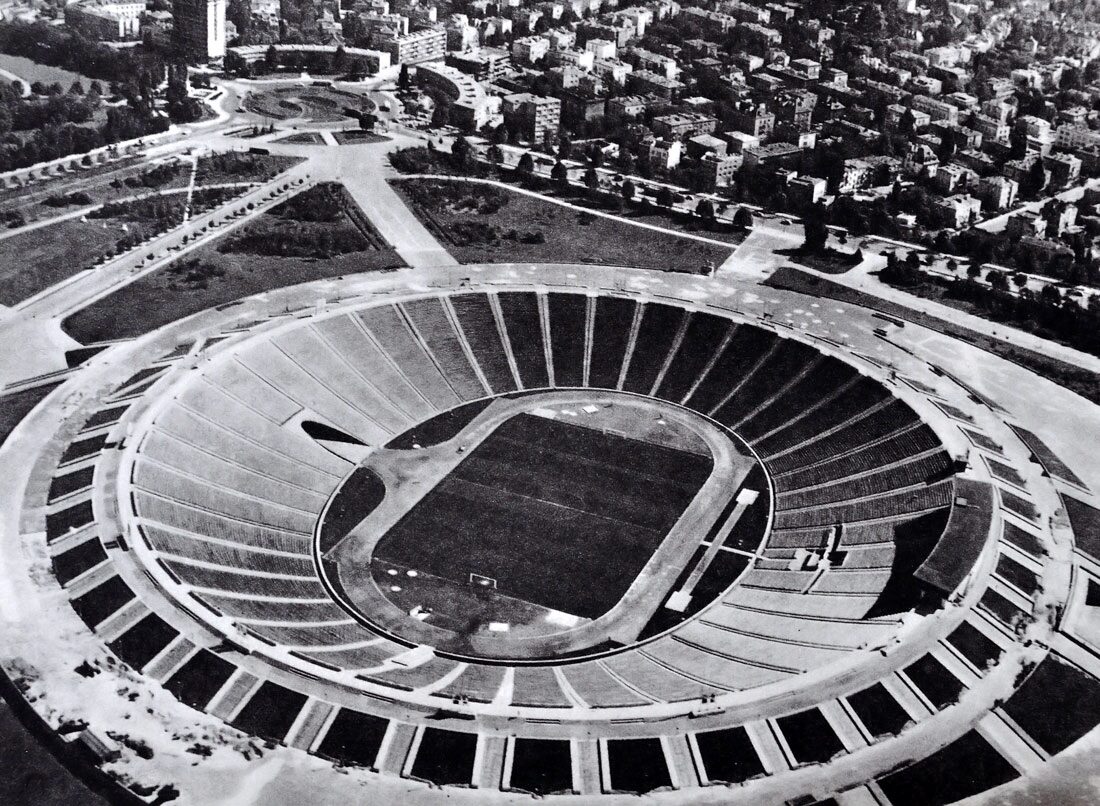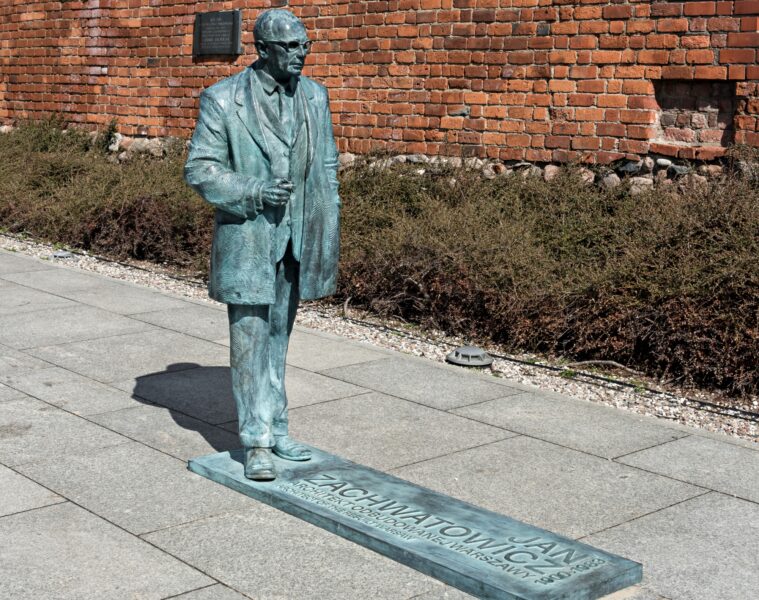Here’s an engineering curiosity. Budimex, as part of the redevelopment of Elk railway station, has used 3D printer concrete stairs that will soon be used by railway workers. The use of the 3D printer significantly shortened the process of building the stairs and left a lower carbon footprint, compared to stairs built using a traditional method.
The structure was manufactured in the Netherlands and weighs two tonnes. It was set up on a slope and will be used by railway workers. This is the first railway station in Poland to have a printed staircase.
We are constantly looking for new solutions to improve our work and competitiveness. 3D printing has already found a number of practical applications – now it is time for construction. We hope that the stairs tested in Ełk will prove to be a hit and will find wider application,” comments Maciej Olek, a member of the Budimex Management Board.
Witteveen Bos engineers are responsible for the design of the stairs. The Dutch company has extensive experience in infrastructure projects, having collaborated, among others, on the extension of the port of Rotterdam, the construction of metro line 52 in Amsterdam, and is now working on a project to build an underwater tunnel between the German island of Fehmarn and the Danish island of Lolland. The printing of the stairs itself has been entrusted to the Saint Gobain Weber plant, which also produces building materials and concrete. The company specialises in concrete structures from 3D printers. Its credits include a 29-metre-long printed pedestrian bridge, a 12-metre-high tower and an apartment building.
The stairs at the Ełk station have a smaller format. They are 7 metres long, 80 cm wide and 4.5 metres high. Interestingly, their production took just three hours.
Objects made using 3D technology not only save time and human and material resources. Printing allows for the production of elements of almost any shape, which gives the possibility of its wide application in the construction industry, adds Maciej Olek.

In addition, 3D printing technology offers the possibility to create non-standard-sized infrastructure elements. When printing, objects can be given the desired colour and texture. The latter is particularly useful on stair treads – appropriate roughness protects users from slipping.
The reconstruction of the railway station in Ełk is being carried out as part of the construction of the Rail Baltica international railway line, which is intended to connect Poland with Lithuania, Latvia, Estonia and will improve travel to Finland. Budimex is working on the 38.3km-long section. During the works, it will renovate the track bed, build 118 railway switches and five platforms. The work is expected to be completed in 2027.
source: Budimex
Also read: concrete | Railway station | Railway | Interesting facts | Technology | whiteMAD on Instagram




























